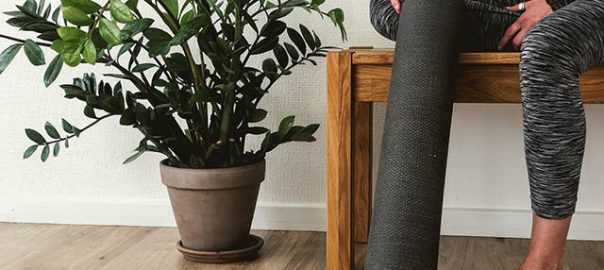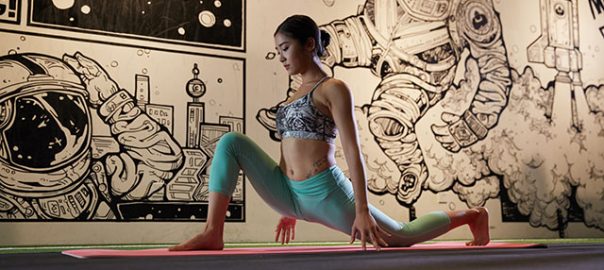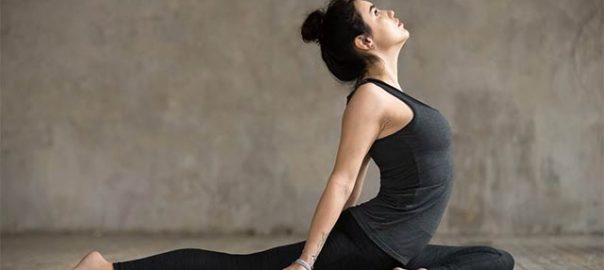Introduction
If you’re interested in becoming a Pilates instructor, there are some important steps you need to take. You’ll want to make sure that the program you choose is accredited by an external organization, like the International Association of Yoga Therapists (IAYT) or International Fitness Professionals Association (IFPA). This isn’t something that most schools advertise on their own websites: it’s up to consumers like yourself to look for these accreditations before signing up for any training programs. After completing your training program and passing both written and practical exams, you can then obtain liability insurance from a provider such as Travelers Insurance or The Hartford Life & Annuity Company.
Complete an approved training program.
Once you’ve found the right program and school, you need to make sure that it offers the best training for your needs.
In order to get certified as a Pilates instructor course, you will have to complete an approved training program. This could take anywhere from three months up to two years depending on which route you choose – and it won’t be easy! If you’re looking for a fast-track option, then look no further than our online course which can be completed in as little as 6 months. The other options will likely take longer since there are less hours available per week when compared with our full time option but may still provide enough flexibility so that working professionals don’t have much trouble fitting things into their schedules once they’ve committed themselves fully (pun intended!).
Learn the lingo.
Learning the lingo is one of the best ways to feel prepared to teach a class. You’ll want to know the difference between Pilates and “regular” exercise; Pilates and yoga; and Pilates and ballet. These distinctions are important because they help you understand how to communicate with your clients, what kind of exercises they might be familiar with already, and how different types of people respond differently to them.
Learn the history of Pilates.
You should take time to learn about the history of Pilates. This will help you understand why Pilates is important, and it might inspire you to become a better instructor.
Pilates was developed by Joseph Pilates in the early 1900s in Germany and has since grown into a global phenomenon. The Pilates method is based on developing strength, flexibility and coordination through slow movements that involve both large muscle groups and smaller ones within them (such as breathing). It’s also known for being low-impact—which means that it won’t put too much stress on any one part of the body while still giving you an effective workout.
Review important terminology related to anatomy and physiology.
There are several important terms in Pilates that you need to know. These terms are used often and will give you a better understanding of your body as well as help you accurately explain the benefits of Pilates to your clients.
- Isometric contraction: A type of muscular contraction in which the muscle is contracting, but there is no visible movement at the joint or segment involved. This is an important concept because it means that muscles can contract without changing length, making them more efficient because they do not need to find a new position in order to contract effectively (McGraw-Hill Education, 2013).
- Effortful breathing: In Pilates, effortful breathing implies a conscious control over inhalation and exhalation with specific goals in mind—for example, inhaling fully through the nose while making sure all parts of the lungs are filled with air before exhaling completely through pursed lips (Pilates Method Alliance® [PMA], 2015).
Complete and pass a written exam that tests your knowledge about Pilates history, terminology, anatomy, physiology and teaching methods.
Those interested in becoming certified as a Pilate instructor should complete and pass a written exam that tests their knowledge about Pilate’s history, terminology, anatomy, physiology and teaching methods.
The exam is administered by an authorized international Pilates teacher trainer. You will be required to provide identification when taking the test.
The written exam is given over two days – Saturday morning and Sunday afternoon – and you must pass both parts of the test at the same time within three years or else you must retake it all over again from scratch.
Take a practical exam.
Once you have passed the written exam, you may move on to the practical exam. The practical exam is a hands-on test of your ability to teach Pilates. You will demonstrate three Pilates exercises in front of a panel of judges while they assess your technique and overall ability to transfer knowledge to students. This test will take place at an actual studio or gym where it is performed during normal hours and is graded pass/fail.
Get liability insurance.
Liability insurance is a requirement for becoming a certified instructor. It covers you against injuries to clients, should they suffer any while being instructed by you. Liability insurance can be bought through your gym or online at sites like https://www.healthinsuranceforanyone.com/.
Why do you need liability insurance?
It’s important in case of an accident during class or if something goes wrong with equipment used in class. If someone is injured because of something that happened during their time with you as an instructor, then this coverage will pay for medical expenses and any other costs associated with the injury (such as lost wages).
How much does it cost?
The cost varies from program to program but tends to run between $500-$1000 per year (or $5-10/month). Some programs require more expensive plans because they have a higher number of instructors who may be taking classes there; others are cheaper because they have fewer instructors or less equipment available for use by instructors and students alike; still others offer free coverage after passing certain requirements such as taking continuing education courses every six months throughout one’s career as an instructor (this ensures that all instructors are up-to-date on current standards regarding safety best practices).
It’s not easy to get certified as a Pilates instructor, but it opens up new job opportunities and helps you get better at Pilates yourself.
It’s not easy to get certified as a Pilates instructor, but it opens up new job opportunities and helps you get better at Pilates yourself.
- You will learn a lot about Pilates and your body.
- You will have a better understanding of how to teach Pilates.
- You will be able to take advantage of new job opportunities.
Conclusion
If you’re interested in becoming a certified Pilates instructor, there are plenty of ways to get started. You can do it on your own, or you can attend an accredited training program at a local studio or university. Either way, it’s important to spend some time getting familiar with the basics before jumping straight into teaching classes—and that includes learning how to teach safely and effectively. Click here to become a certified instructor.


